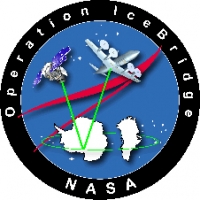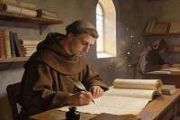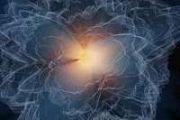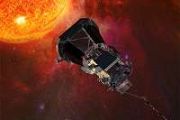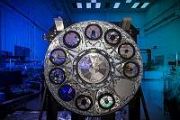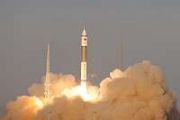IceBridge, a six-year NASA mission, is the largest airborne survey of Earth's polar ice ever flown. It will yield an unprecedented three-dimensional view of Arctic and Antarctic ice sheets, ice shelves and sea ice. These flights will provide a yearly, multi-instrument look at the behavior of the rapidly changing features of the Greenland and Antarctic ice.
Data collected during IceBridge will help scientists bridge the gap in polar observations between NASA's Ice, Cloud and Land Elevation Satellite (ICESat) -- in orbit since 2003 -- and ICESat-2, planned for early 2016. ICESat stopped collecting science data in 2009, making IceBridge critical for ensuring a continuous series of observations.
IceBridge will use airborne instruments to map Arctic and Antarctic areas once a year. IceBridge flights are conducted in March-May over Greenland and in October-November over Antarctica. Other smaller airborne surveys around the world are also part of the IceBridge campaign.
Additional Info
- Lead Nation: USA
- Project Website: www.nasa.gov/mission_pages/icebridge/index.html
Latest from Copernical Team
- 2.8 days to disaster: Why we are running out of time in low earth orbit
- EscaPADE explorer sort of goes to Mars
- Measuring radio leaks from 36,000 kilometers up
- Video: Lunar impact flash detected on the moon by Armagh Observatory and Planetarium
- SpaceX sets $800 billion valuation, confirms 2026 IPO plans
- Indian dance mudras yield advanced synergies for robotic hand control
- Satellites help tackle landfill methane leaks
- Bible 1.0: How Ancient Canon Became Our First Large Language Models
- China launches carrier rocket to deploy experimental cargo ship and satellite
- Ultra hot super Earth shows dense atmosphere over magma ocean

